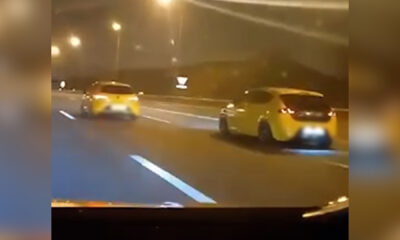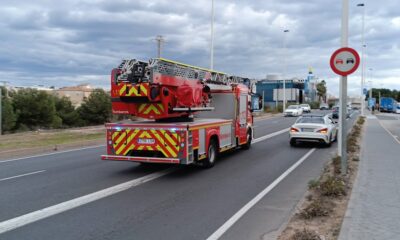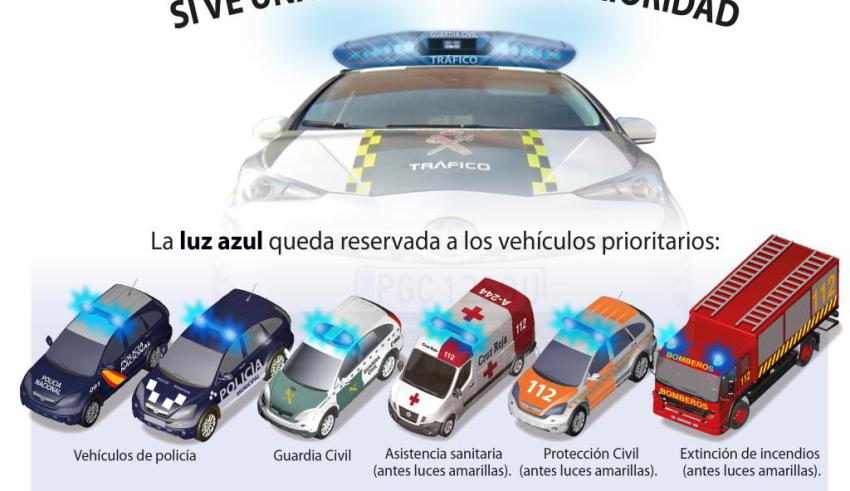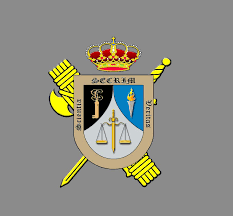

Spanish National News
AMBULANCE CUTS GATHER PACE
The next stage of “remodelling” of the ambulance service comes into force on the 1st of July, with a rationalisation of the service that will leave many of the patients requiring transport left, quite literally, out on a limb.
Before we lo…

The next stage of “remodelling” of the ambulance service comes into force on the 1st of July, with a rationalisation of the service that will leave many of the patients requiring transport left, quite literally, out on a limb.
Before we look at the implications of the plan, it is worth bearing in mind that there are three main types of ambulances that provide emergency assistance, as well as support and auxiliary vehicles. Most of these vehicles carry a description of their function on their livery.
The SAMU, or Servicio de Atención Médica de Urgencia, is an emergency ambulance, consisting of a full team of emergency personal, including a physician, nurse and support team member.
The second type of vehicle is the SVB, or Soporte Vital Básico, which is similar to the SAMU, although not usually carrying a doctor.
The third type of vehicle, perhaps most commonly seen, is the TNA, or Transporte No Asistido, which offers emergency response and ability to transport patients, but does not normally carry staff capable of rendering any medical assistance beyond basic first aid.
The difference between the three main types, SAMU, SVB and TNA, lies in the team of professionals who are on board, which subsequently defines the cost of each unit. The SAMU are the only emergency vehicles that have a full team, consisting of physicians, nurses and orderly, therefore capable of dealing with more serious situations. The monthly cost varies from between 16,672 euro for a vehicle in a 12-hour shift, the average equivalent of 46 euro per hour, up to 24,963 euro per month, or 34 euro per hour, when the vehicle operates around the clock.
The SVB is the vehicle which is between the SAMU with full medical staff and the TNA with none. Effectively operated by qualified Ambulance Technicians, the cost ranges from between 13,966 euro of a vehicle which covers a 12 hour shift, 38 euro per hour, and 20,949 euro for 24-hour cover, the average equivalent of 29 euro per hour.
Meanwhile, the TNA, which does not carry any medical specialists on board, is normally used for routine transport tasks and equipment, and is the most basic of all emergency response vehicles.
From the 1st of July, 8 of the 24 health departments across Valencia will share a single SAMU unit. Manises and Elche, Crevillente will not have a SAMU among its fleet of emergency transport. Alicante and Torrevieja will have a total of three advanced medical care vehicles however.
The base budget for providing the service is 258 million euro, which will begin on the 1st of July and end on the 30th of June, 2017, where there will be a network of a total of 465 ambulances. The contract can be extended for another six years, at a rate of 64 million per year, thus totalling 642 million.
In total there will be 45 SAMU vehicles that will specialize in emergency services in Castellón, Valencia and Alicante. Most of those, 35 in total, will be operating on a 24-hour schedule, whereas the other 10 will cover additional shifts of 12 hours each day. In addition to the 45 SAMU ambulances, the remaining fleet of 465 vehicles in total is made up of 100 SVB´s and 312 TNA´s, with an additional 6 support vehicles and two specifically adapted for transporting transplant organs. The Valencia region has an estimated population of 5.1 million people, spread over 23,255 square kilometres of land, as of the data collated at the end of last year.
For the purpose of comparison, the London Ambulance Service, which covers the emergency response needs of the 8.1 million people of their 1,572 square kilometre area, operates around 900 ambulances and, in addition, can deploy around 100 rapid-response units in various cars, motorcycles or bicycles.
The PSOE group of Elche has been the first to raise its voice against the restructuring, with concern being raised across the entire municipality. Their spokesperson, María Luisa Caballero, said that, “behind the excuse that they are saving and making efficiency measures, the PP actually seeks to end the welfare state and has for many years managed to return the service to the private sector”.,
The concluding criticism of the Partido Popular´s policy of “dismantling public health”, being with “budget cuts and restrictions on access to health care, and now attacking the most necessary in emergency care, the urgent and specialized transportation. Without a rapid transfer in an emergency the patient will end up paying dearly”.
Representative of a neighbourhood association affected by the cuts, María Dolores Juan, said that “The PP had reassured us that concerns over losing the SVB unit were unnecessary, as we were keeping their SAMU unit. Now this has also been withdrawn, there is no more justification for cuts which will cost lives, what will they now tell us?”
The Mayor of the Elche municipality, Mercedes Alonso, has said that Elche will have two SAMU units, one of which will relocate to Santa Pola for the summer, as previous years, refuting the allegations made by the PSOE opposition.
Socialist representatives of several municipalities in Alicante combined resources this week to present a case to the Ombudsman, José Cholbi, requesting an investigation be opened into the proposals. Speaking to the press, the health secretary for the PSPV-PSOE in the province of Alicante, Miguel Mauri, denounced “the reduction in hours of ambulance service”, which, he has said, is “approximately 20% at the provincial level”. According to Mauri, the situation will motivate “extended delays”, which, in his view, “means the difference between life and death”.
Meanwhile, sources from the Ministry of Health have been defending the situation through a series of denials, saying that “there has been no cut in medical transportation “, but there has been a “new tender contract for ambulances, urgent and non-urgent, which will take effect from July the 1st, but it does not modify the SAMU service”
In the document submitted to the Ombudsman, the Socialists attribute the “cuts” that, in their opinion, “do not taken into account the sizes of the municipalities”, mentioning the example of Elche, a town made up of more than thirty rural sections, where “response times are increased by both distance and the potential complexity of access”.
Filed under: http://www.theleader.info/article/39344/
Car and Motor Insurance | Spanish Home Insurance | International Money Transfers | Send Money to Spain | Spain Property | Online International Payments | Property in Spain
Costa Blanca Property for Sale | Cabo Roig Property for Sale | International Payments |
-

 Crime and Policing2 weeks ago
Crime and Policing2 weeks agoThe Guardia Civil arrests three people for illegal street race
-

 Crime and Policing2 weeks ago
Crime and Policing2 weeks agoWarning issued over latest text message scam
-

 Driving in Spain2 weeks ago
Driving in Spain2 weeks agoHow Long Does it take to Receive a Traffic Fine Through the Post?
-

 News2 weeks ago
News2 weeks agoYour Task for This Week is to Seek Out a Monument – The Week Ahead























